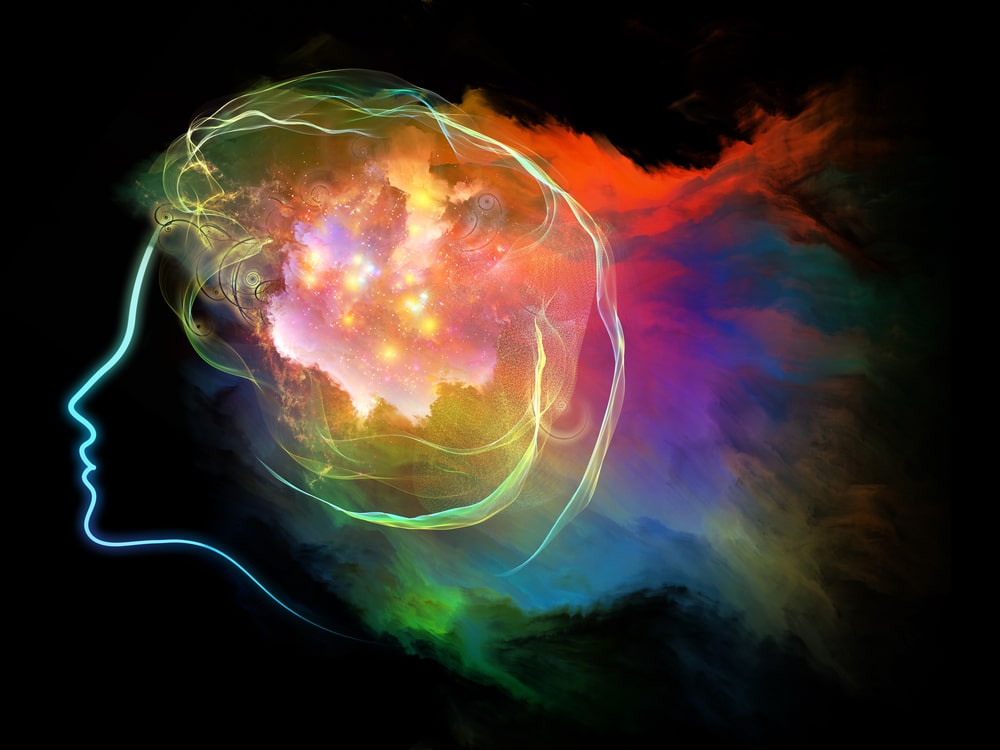Think of the last time you enjoyed a work of fiction. As you read along, did you conjure up a mental picture? Did you imagine what the characters looked like? Maybe you envisioned their homes and neighborhoods, seeing them in your mind like images on a TV screen. Well, an estimated two percent of the population find it impossible to generate images like these within their mind’s eye. This is a neurological condition known as aphantasia, and it is linked to a wide variety of cognitive processes. But a new study found a curious connection between spooky scenarios and individuals diagnosed with aphantastia. This new behavioral research could transform the way scientists think about aphantasia and related conditions.

What Is Aphantasia?
As mentioned above, aphantasia is a neurological condition that makes it impossible to form mental pictures. This means aphantasic individuals struggle to picture people or places, even if those things are very familiar to the person with aphantasia. Unfortunately, very little is known about aphantasia, despite the fact that it affects around two percent of the population. Last year, researchers from the University of New South Wales (UNSW) found that aphantasia is linked to widespread issues with other cognitive processes, including remembering and dreaming. Now, a new study from the same university sheds even more light on the condition.
An Unusual Study’s Behavioral Implications
Science Daily reports that the UNSW team noticed a recurring issue among individuals diagnosed with aphantasia: They didn’t enjoy reading fiction. The researchers realized that enjoying the twists, turns, and fantastical elements of fiction typically involves forming mental pictures to immerse oneself in the literature. With this in mind, they wondered: if aphantasic people read about distressing scenarios, would they experience fear or uneasiness the way people who can mentally visualize might?
That question led the researchers to, as Science Daily puts it, “test the role of visual imagery in fear.” To do that, the researchers gathered 22 study participants with aphantasia, as well as 24 participants with the ability to mentally visualize. The researchers placed participants in a dark room. Then, they attached electrodes to participants’ skin. The electrodes monitored changing skin conductivity levels, or the level of sweating people experienced. After that, the researchers left the room, so the participants were alone as text featuring “suspenseful stories” started to appear on the screen in front of them, including scenes of crashing planes and predatory animals. “Skin conductivity levels quickly started to grow for people who were able to visualize the stories,” one researcher told Science Daily. “But for people with aphantasia, the skin conductivity levels pretty much flatlined.” However, when the text was converted to visual imagery – a picture of a crashing plane instead of a paragraph about a crashing plane, for example – the aphantasic individuals experienced anxiety equal to non-aphantasic individuals.
Lowered Skin Conductivity: What Does it Mean?
This study suggests that scary stories lose their “fear factor” when individuals are unable to create a mental picture of frightening outcomes. For example, if an aphantasic individual reads a story about a plane crash, they can’t imagine that crash in their mind’s eye. That, in turn, creates less anxiety. “[These results] suggest that aphantasia isn’t linked to reduced emotion in general, but is specific to participants reading scary stories,” one researcher explained. “The emotional fear response was present when participants actually saw the scary material play out in front of them.”
Implications of This Behavioral Research Study
While researchers were clear that aphantasia comes in different shapes and sizes, they do plan to use this study’s results to better understand the condition. For example, they might investigate how disorders like anxiety and Post Traumatic Stress Disorder (PTSD) might be experienced by aphantasic individuals. “Aphantasia is neural diversity,” one researcher told Science Daily. “It’s an amazing example of how different our brains and minds can be.”
_____
Ultimately, studies like this one shed valuable light on neurodiverse individuals, like those with aphantasia. With ongoing research, behavioral scientists can make the world a more inclusive place for individuals of all sensory experiences.
Scantox is a part of Scantox, a GLP/GCP-compliant contract research organization (CRO) delivering the highest grade of Discovery, Regulatory Toxicology and CMC/Analytical services since 1977. Scantox focuses on preclinical studies related to central nervous system (CNS) diseases, rare diseases, and mental disorders. With highly predictive disease models available on site and unparalleled preclinical experience, Scantox can handle most CNS drug development needs for biopharmaceutical companies of all sizes. For more information about Scantox, visit www.scantox.com.
